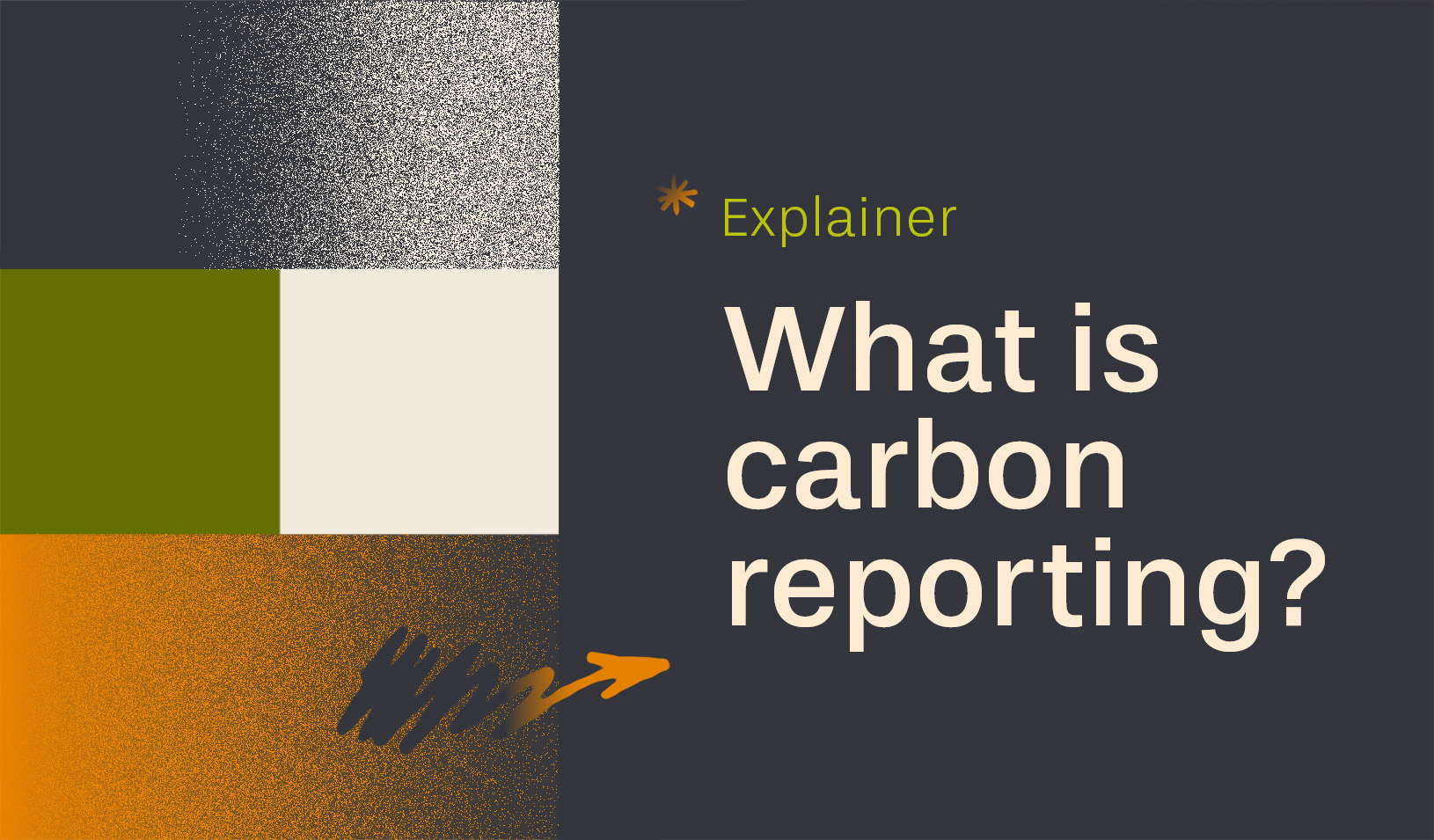
Up close with an iceberg in Antarctica. | Garth Saloner
Astonishing images still crowd my mind: an endless field of jagged, broken sea ice glowing red at twilight; an aquamarine vista of iceberg, water, snow, and mountain, sparkling in the brightest sunshine I’ve ever seen. Penguins that morph as they move from sea to land — swimming like porpoises, paddling like ducks, wobbling upright onto the beach like drunken wedding guests. And a humpback whale, surrounded by a halo of seabirds, diving deep and then bumping gently against the underside of our vessel, as if to scratch an itchy back.
The otherness of this place, Antarctica, struck me from the moment I arrived, as it had so many before me. “Antarctica is monumental, an astonishment,” the great naturalist Peter Matthiessen wrote a decade ago. “Its excruciating purity and vast healing silence ring with creation, ancient and yet new and fresh beyond imagining.” Yet rising atmospheric concentrations of greenhouse gases are seeing to it that this ice fortress of a continent, which Matthiessen called “inviolable,” was being violated before my eyes. Indeed, Northwestern Antarctica, which I visited last December with a group of Stanford Graduate School of Business students, business leaders, and faculty, is one of the fastest-warming places on earth.

A penguin in Antarctica. (Photo by Garth Saloner, Stanford GSB dean)
Each year, Stanford MBA students organize overseas study trips — opportunities to meet the tech leaders of Bangalore, say, or explore the supply chains of Shenzhen. Students who are building clean-energy careers had organized ours because they wanted to come face to face with global warming — an encouraging sign, since their generation will need to find the solutions that have so far eluded ours. As a journalist and environmental advocate who focuses on the politics of climate action, I’d been invited along to talk about some of those emerging solutions, as well as the policy tools that are beginning to accelerate them.
Our cruise departed from King George Island, a reassuringly frigid chunk of rock just north of the tip of the Antarctic Peninsula, which is like a crooked finger poking up from the northwestern corner of the continent. The Antarctic landmass — twice the size of Australia — remains impenetrable to tourists like us. So we cruised along the continent’s edge in a 240-foot, ice-strengthened vessel called Ocean Nova, and explored the peninsula by climbing into rubber Zodiacs twice a day for expeditions ashore.
Guidebooks had warned us to wear multiple layers of down and fleece. But soon we found ourselves sweating and peeling away those layers as we hiked, because on most afternoons during our journey, the frigid south wasn’t all that frigid. Average midwinter temperatures on the peninsula have increased by an astounding 11 degrees Fahrenheit over the past 60 years. In late December, which is in the austral summer, average highs can exceed 40 degrees Fahrenheit. On the day we headed home, a study in the journal Nature Geoscience reported that the Western Antarctic mainland has seen an average temperature increase of 4.3 degrees Fahrenheit since 1958 — not the extreme warming seen on the peninsula, but still three times the average global rise for that period. And in another Nature Geoscience paper, in April, researchers from the British Antarctic Survey analyzed a 1,194-foot-long ice core sample taken from James Ross Island, near the tip of the peninsula. They found that the amount of snow and ice melting in the summer and then refreezing is now almost 10 times greater than it was 550 years ago, with the most rapid melt occurring in the last 60 years. Rapid melting can lead to dramatic collapses of glacial ice, as when the vast Larsen B Ice Shelf — roughly the size of Rhode Island — disintegrated early in 2002.
March of the Penguins
Unlike most of Antarctica, the peninsula has long been known to have a summer melting season. This produces a mix of snow-free land areas, open sea, and residual ice that makes the peninsula a fecund breeding ground for marine birds and mammals. Rapid melting in summer, however, is upsetting this delicate balance. As the extent of sea ice around the peninsula diminished over the past quarter century, it helped drive a decline in the populations of Adélie penguins, Weddell seals, and crabeater seals — species that hunt from sea ice. On Torgersen Island, the number of Adélie breeding pairs has declined by more than 85% in the past 38 years, from 15,000 to just 2,000. As these species retreat south, away from man-made warming, they are being replaced in these waters by sub-Antarctic species from farther north — elephant seals, fur seals, and chinstrap and gentoo penguins, all of which prefer to hunt in open water.
The Adélie rookeries we visited certainly seemed full of life, as the obstreperous birds guarded nests built of small stones, stole each other’s pebbles, and raised their cacophonous mating calls, but the science tells a sadder story: The colonies here are dwindling as the number of breeding pairs drops and the average weight of the fledglings falls. Many underweight fledglings go off to sea and never return. The Adélie of the Antarctic Peninsula, according to seabird ecologist Bill Fraser, who has spent his long career studying the birds, are “on a decline that has no recovery.” In interviews with journalist Fen Montaigne, author of Fraser’s Penguins, a heartbreaking book about the man and his birds, the scientist shared his frustration that “this unbelievably tough little animal, able to deal with anything, [is] succumbing to the large-scale effects of our activities. That’s the one thing they can’t deal with, and they’re dying because of it.”
The Adélie is not in danger of extinction, at least not yet. Several million of the birds are scattered about Antarctica, which is warming at different rates in different places and even has areas that have cooled as stratospheric ozone depletion has changed wind patterns. (The damaged ozone layer is slowly being repaired, thanks to a global ban on chlorofluorocarbons, so this local cooling likely won’t last.) Adélie populations are shifting south, to bays that used to be too icy in summer but now have the right mix of ice, open water, and snow-free beach. But there is a limit to how far south the Adélie can move: They need winter light to hunt, and below the Antarctic Circle, it is just too dark for that. Sooner or later, unless humankind stops pumping carbon pollution into the air, climate change will chase the bird down.
All Climate is Local
As the students discussed these issues during and after the cruise, they recognized that observable impacts, which are primarily local, can have an enormous influence on public attitudes toward climate change, perhaps as much as or more than technological and financial factors. Antarctica is local if you’re a penguin. But for Americans, other impacts hit closer to home. “It’s hard to talk about climate change because you can’t see it. If I’m going to talk about climate to people on the Eastern Seaboard, I’m not going to talk about penguins,” says Jake Saper, who is studying toward a joint MS Environment & Resources/MBA and is spending the summer as a clean-tech intern at venture capital firm Kleiner Perkins Caufield & Byers. “Penguins are cute, but people don’t really care about penguins. I’m going to talk about how cataclysmic events like Hurricane Sandy happen more frequently and are more extreme as a result of climate change.”
Indeed, as historic droughts, floods, wildfires, and ferocious storms, all made worse by warming, are felt around the world, they are helping people connect the dots to climate change. As a result, national polls show an increase in the percentage of Americans in favor of action.
For Mike Volpe, who received his Stanford MBA this year, communicating about climate change is difficult because burning fossil fuels creates costs for people and other living things that are not billed in the transaction. Known to business students as an example of “market failure,” this problem requires cross-disciplinary solutions. The good news, Volpe says, is that “there are thousands of young minds on this campus eager to solve big problems like climate change. The right policies can help unleash these young minds.”
I left Antarctica convinced that the students on our trip will help drive the innovations we need. Many will find work in California, since the state’s clean-energy economy is already flourishing thanks to smart policy. California added more clean energy jobs last year than the next three states combined because it has developed a remarkable tool kit for the task at hand: helping to restore the climate system by decarbonizing its energy system without destabilizing the economy.
California’s Plan
Fossil fuels have reigned supreme for the last 200 years, providing the vast majority of the energy we need to make our homes, businesses, and vehicles work, and even powering the ship that took us to the Antarctic to observe the effects of combusting these fuels. These fuels are ubiquitous, so getting rid of them overnight isn’t an option. As we limit their role in the near term, however, we accelerate the transformation of our energy system and create tremendous investment opportunities.
In 2006, California enacted the Global Warming Solutions Act, or AB 32, landmark legislation upheld by voters in a 2010 statewide referendum despite an attack by out-of-state oil companies. Under AB 32, California has implemented energy-efficiency regulations and expanded renewable-energy targets, and this year launched the United States’ first nearly economywide cap on carbon. The state places an absolute limit on the amount of pollution that can be released, then establishes a price for emissions through the trading of pollution allowances, which gives the regulated entities flexibility in meeting their reduction goals. Since 2006, in anticipation of the cap, clean-tech investors have poured more than $9 billion into the state. In April, Gov. Jerry Brown approved the trading of carbon allowances from California’s program with Quebec’s — a first step toward connecting the state with a broader carbon market that could grow to include other U.S. states and Canadian provinces, as well as existing and emerging programs around the world.
As part of AB 32, California has also developed a low-carbon-fuel standard, the subject of intense opposition from the oil industry. Currently, between 92% and 96% of the energy used for transportation in California is derived from crude oil. The standard places a cap on the carbon content of fuels used in the state, creating a market incentive to increase the production and use of cleaner fuel sources, such as ethanol, low-carbon gasoline, biodiesel, electricity, and hydrogen.
This also creates both opportunities and challenges for old-line energy companies learning to adapt. But the fossil fuel companies have a better shot at it than, say, the Adélie penguins. Both of their worlds are changing fast.
Eric Pooley, a senior vice president at Environmental Defense Fund and former managing editor of Fortune, is the author of The Climate War: True Believers, Power Brokers, and the Fight to Save the Earth. He visited Antarctica with 35 Stanford GSB students, faculty, and business leaders in 2012.
For media inquiries, visit the Newsroom.






